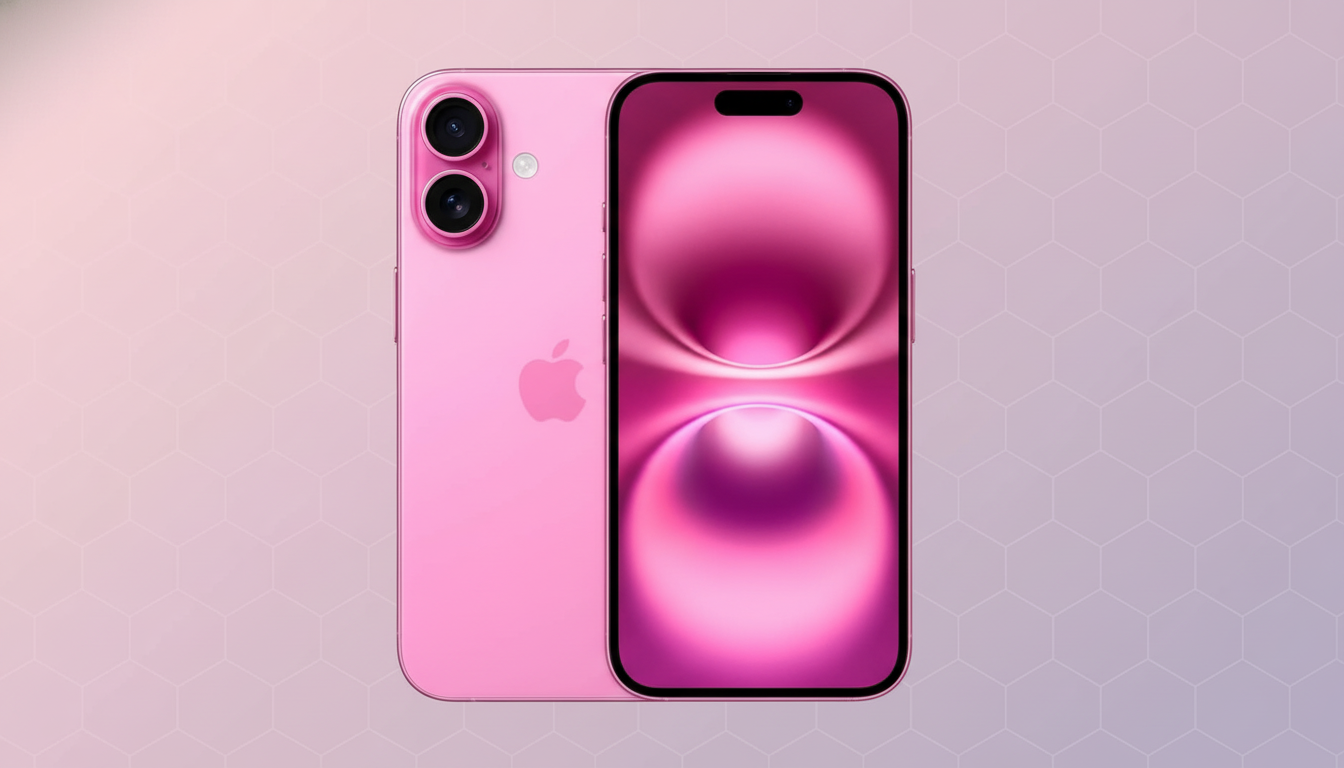The eSIM was supposed to make swapping phones as easy as logging into email. Instead, users today remain frustrated, hitting dead ends with cryptic error codes, or enduring long calls with carrier support while attempting to move their mobile service to a new device. It’s a great idea in theory: The technology is dazzling. In reality, transferring an eSIM between phones — especially across platforms — is still a lot more fragile than it should be.
The Promise vs. the Reality of Seamless eSIM Transfers
The GSMA’s consumer eSIM standard (SGP.22) is fancy: your phone’s Local Profile Assistant communicates with a carrier’s SM-DP+ server, retrieves your line, and it’s active in minutes. There’s no plastic card, no little tray. But what most users have found is that you don’t “move” an eSIM profile so much as request a new one and decommission the old. If you reset a phone or remove the profile before the transfer, restoring service can be a drag.
- The Promise vs. the Reality of Seamless eSIM Transfers
- Fragmented Carrier Back Ends Undermine Smooth eSIM Use
- Security Roadblocks and Rising SIM-Swap Fears for Users
- Cross-Platform eSIM Switching Remains the Messiest Part
- What Needs To Change To Solve eSIM Switching
- In The Meantime – Practical Ways To Prevent Pain

Apple does make this easier with device-to-device eSIM transfer that frequently completes in just a few taps when switching between one iPhone and another. Google has also debuted a similar flow on Android for certain carriers. The catch is coverage: these paths are inconsistent, and they often drop the ball when you move from one brand to another, or between iOS and Android. When they do, users are deposited into a labyrinth of QR codes, carrier apps, and account verification hoops.
Fragmented Carrier Back Ends Undermine Smooth eSIM Use
The heart of the issue is that not everyone supports the tools eSIM needs to work smoothly. GSMA’s SM-DS discovery service permits a phone to dynamically discover available profiles attached to your account. Many carriers still don’t support it, forcing customers to scan QR codes or dial in for a one-time activation token. Still others need their own app to help enable it, thereby lacing in one additional moving part that can break — especially with brand-new gadgets or beta software.
Travel eSIMs are an example of what good looks like. And the likes of Airalo and Holafly frequently enable that instant, one-tap provisioning experience on iOS because they own the ordering and activation flow and use Apple’s entitlement system. Domestic lines add more complexity — number portability, billing migrations, fraud checks — and, with it, shatter the “just sign in” promise that consumers have come to expect from today’s services.
Security Roadblocks and Rising SIM-Swap Fears for Users
Carriers aren’t causing friction for kicks. SIM-swap attacks (in which criminals steal a number to seize texts and reset accounts) have become an epidemic. In one recent year, the FBI’s Internet Crime Complaint Center said that such crimes resulted in losses exceeding $68 million, indicating a significant increase in cases. Carriers then added account PINs, port-out protections, and manual reviews in an attempt to stop it. Those safeguards make a difference, but they also turn the quick eSIM handoff into an authentication gauntlet.
Security shouldn’t require guesswork. Unfortunately, the rules are often unclear: Some accounts require you to disable a SIM-swap lock; some require cooling-off periods after making plan changes, and still others prevent transfers of phones for lines in device-financing programs. Without consistent guidelines between carriers and platforms, users only find these roadblocks after a failed transfer.

Cross-Platform eSIM Switching Remains the Messiest Part
Within ecosystems, things are improving. iPhone-to-iPhone transfers are frequently smooth. Android-to-Android transfer is slowly but surely improving, as Google and partners such as Deutsche Telekom peddle standards-based handover. But it is still painful to cross the aisle. Each platform has its own flow that it’s optimized for and neither can automate proprietary steps of the other. The result is a patchwork in which even power users and reviewers find themselves scheduling appointments to visit the store for what should be a self-service function.
What Needs To Change To Solve eSIM Switching
The way forward is both clear and attainable:
- Broad support for GSMA SM-DS discovery so that phones can discover and install eligible profiles without the need for QR codes or carrier apps.
- A unified, audited handover API implemented identically by both iOS and Android so that secure, one-tap transfers are possible between ecosystems.
- Isolation of number portability and eSIM provisioning, so that you can move a number without hanging up the profile download and vice versa.
- Transparent policies: clearly worded text on carrier apps about locks, waiting times, and required credentials before a transfer can initiate.
Industry groups like the GSMA, as well as OS vendors and some big carriers, already have the building blocks in place. Counterpoint Research is monitoring strong adoption of phones that support eSIMs, while regulators like the FCC and Ofcom have highlighted consumer confusion over switching journeys. The remaining piece is coordination and consistency.
In The Meantime – Practical Ways To Prevent Pain
Before you wipe it or trade it in, take out the eSIM or swap it out; never do a reset with an active profile, though. Use your carrier’s official app, make sure you have set account PINs and SIM-swap locks — and remove any lock if policy supports it during a transfer. Have a Plan B: some carriers still provide a physical SIM on request and being able to fall back on one can be a lifesaver during future device changes. For international flights, there are even solutions such as a dedicated travel eSIM that allows you to leave your primary line at home. If you’re looking for support, jot down your line’s ICCID and the eID of your device, then start transferring on a stable Wi-Fi with the old phone powered up right next to it.
eSIM is undeniably the future. But a future where needing to visit a store or call support for an everyday task is still forced upon people isn’t quite done — actually it’s barely started. Until carriers and platforms across the board can agree to more seamless, cross-compatible handoffs, however, eSIM switching is going to keep feeling like a promise that’s coming half-built.

